As my company (Amazon) started to ask employees to return to the office after the consequences of the COVID pandemic were better understood, I faced a dilemma: I had moved to Cupertino with my family in 2020 without even thinking about where my office location was. Turns out that I was assigned to an office in Santa Clara, around 7 miles away from my home. As a family, we only own one car, thus the obvious answer to this challenge was: let’s bike to work! I started commuting by bike in the second half of 2023, and here are the 5 lessons I learned from doing it on a regular basis for the past months.
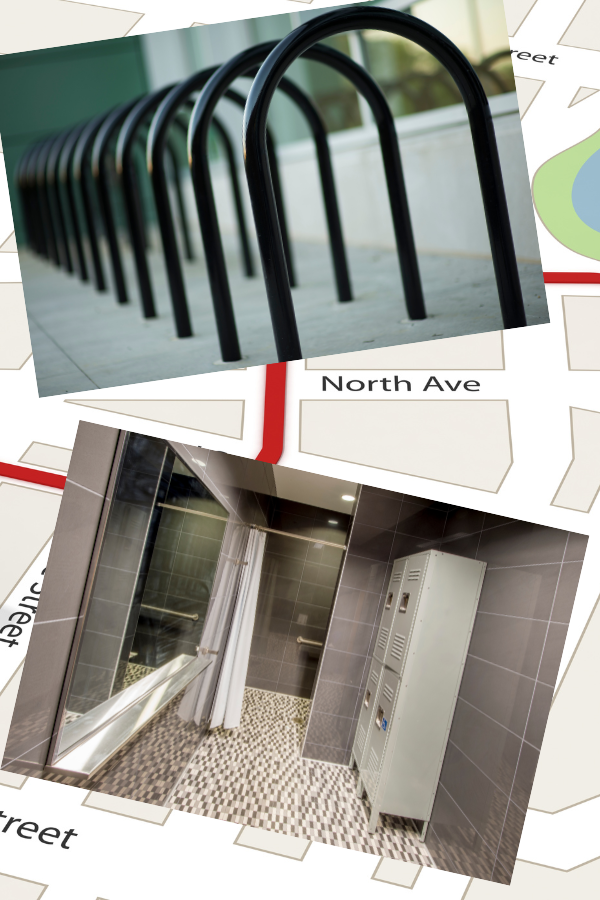
1) Preparation is key
The first thing to take into consideration is your employer’s bike infrastructure: do they offer a secure bike rack or bike lockers? If not, it would be a great thing to request. Large companies pay close attention to their carbon footprint these days and management gets rewarded for installing such facilities. The second thing to consider is whether showers are available at your office or nearby gym. I tend to ride fast (as my commute doubles as my workout) so I definitely take one upon arrival. Riders using ebikes at a more leisurely pace might not need one.
The third thing to do is of course to take a look at your itinerary. Apple Maps and Google Maps offer a nice functionality for cyclists. When you search for a route, you can select biking as an option (along with transit or walking). Their algorithms are smart enough to prioritize routes with the most protected bike lanes (Apple maps can also help you avoid busy streeets). Use the street view functionality to do a bit of reconnaissance and plan the best route to get to your workplace.
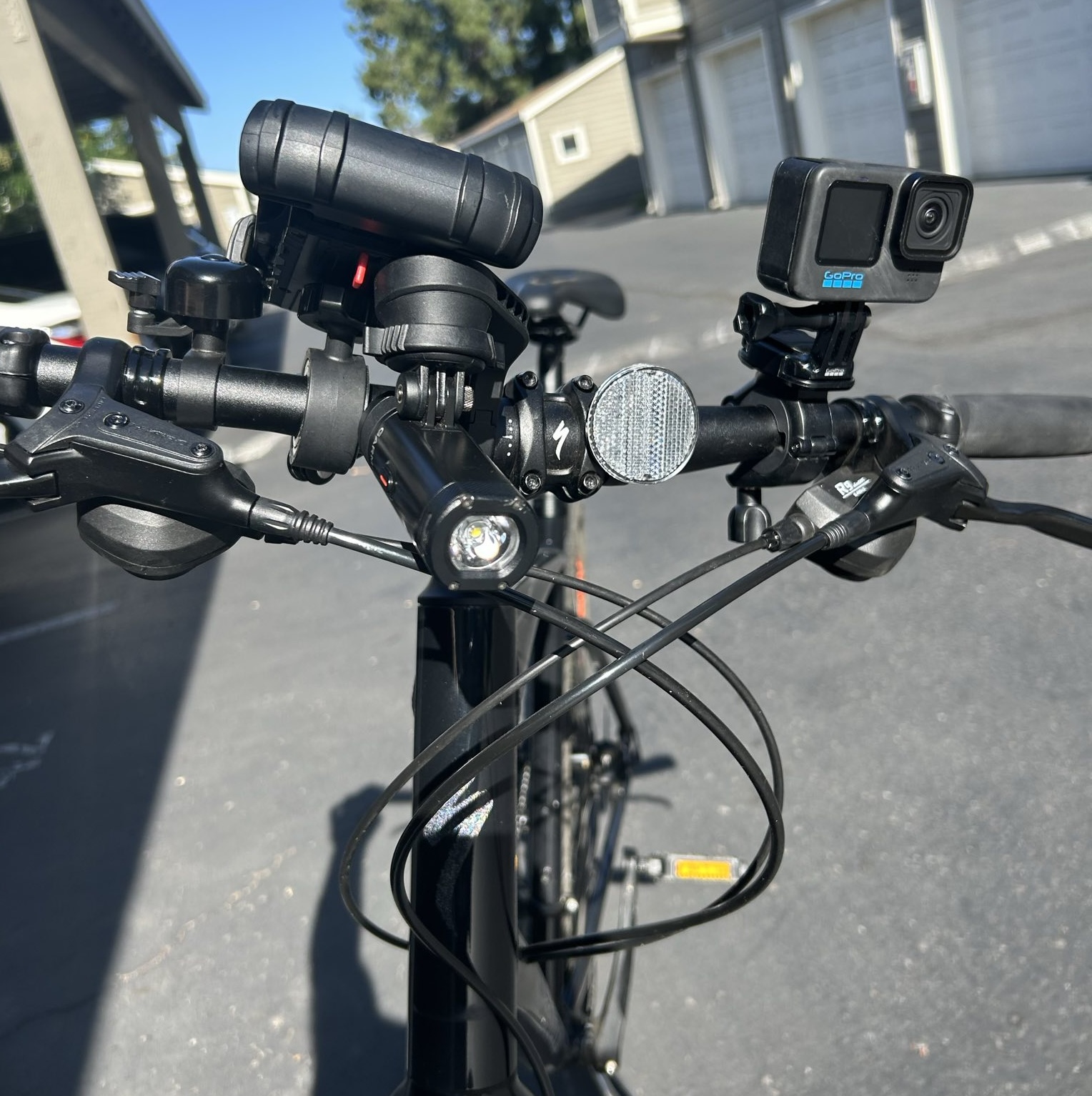
2) Get the right equipment
I work in tech, so electronic devices with an app are things I enjoy putting on my bike. I use a back light, which doubles as a radar, alerting me on my phone screen when cars are passing me. I also use a GoPro camera to record my commute. It is an interesting way to capture the often negative, but sometimes surprisingly positive interactions with other road users (cars, pedestrians, etc.). Finally, I would argue that the most important piece of equipment for my safety on the road is my powerful front light. It is especially important at intersections, when cars do not expect cyclists from afar. The flashing light makes me very visible (also in rear-view mirrors!) and noticeably increases my safety.
🚴♀️ You can follow my Go-Pro adventures with the Breton in motion playlist on the Walk-Bike Cupertino YouTube channel!
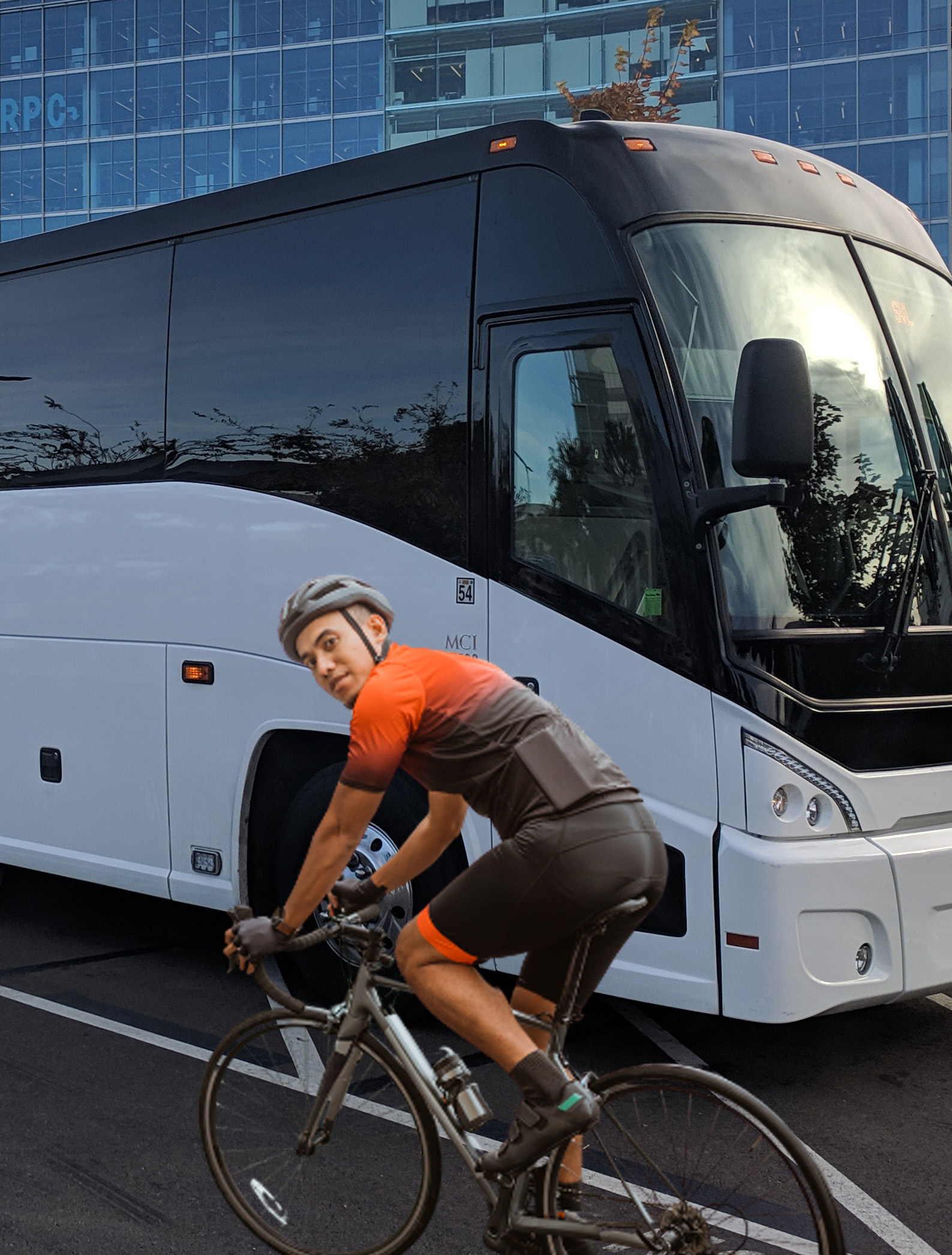
3) Watch for these unsafe situations
Intersections are by far the most dangerous situations. Vehicles’ right to turn on red makes every intersection dangerous. Cars taking a right look to their left to check if no other car is coming: they rarely watch for cyclists and pedestrians.
Buses transport a lot of people, but they displace a lot of air and, when they drive close to a cyclist (for example VTA and the Apple buses on Homestead in the morning) it can be dangerous. Also, because of their diagonal span, I am very careful when a bus to my right takes a right turn on a red light. I do not hesitate to move carefully out of the way in these situations.
Finally, it is incredible the difference that a protected bike lane makes in terms of feeling of safety for a cyclist. When I arrive at the San Tomas trail from Homestead, I always feel very relieved. We need more best-in-class protected cycling infrastructure in Cupertino and beyond, which leads me to my fourth point:
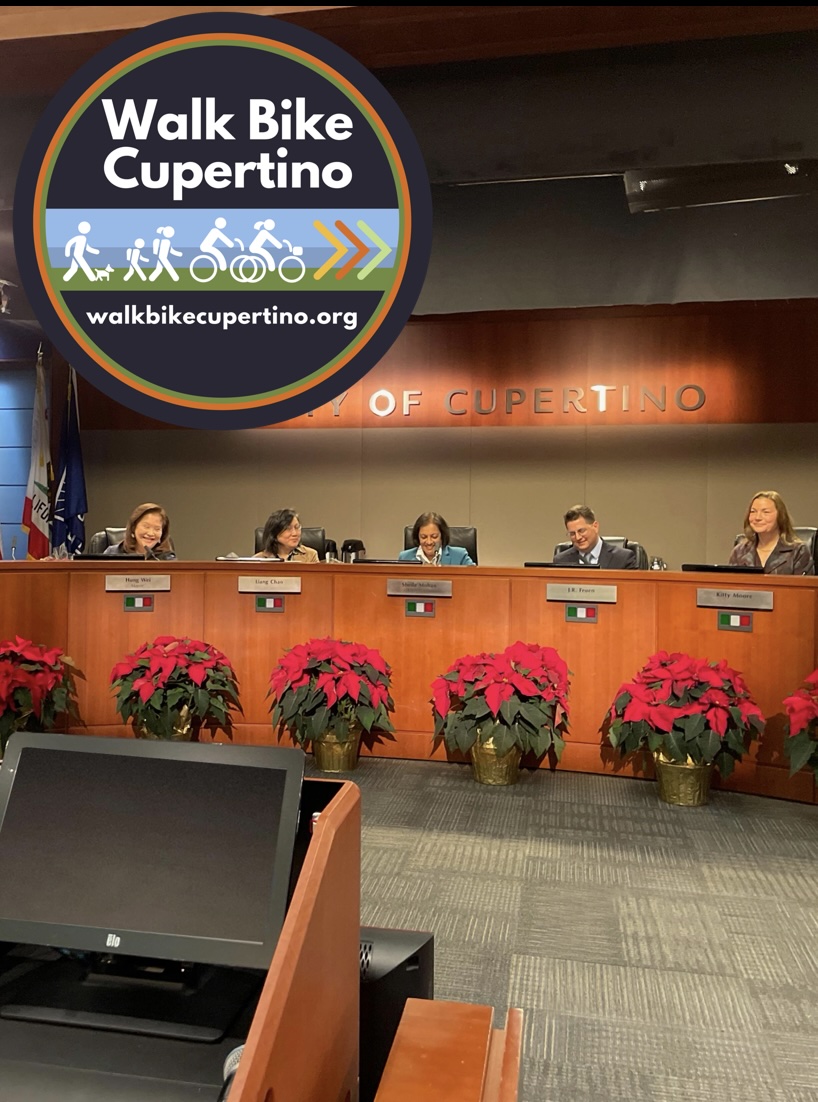
4) Join in Advocacy with WBC
I consider myself a reasonably experienced cyclist, with enough size and visibility to be seen and acknowledged by cars. But protected bike lanes and intersections are the way to go so that more people and especially vulnerable people (seniors and kids) can enjoy their rides to wherever they need to go.
Another example: I probably lose 10 minutes on average on a 45-minute commute because of traffic lights prioritizing cars. The red light crossing between El Camino Real and San Tomas Expressway can last up to 5 minutes for cyclists and pedestrians. This is a choice the City of Santa Clara makes to have cyclists and pedestrians second class citizens to cars and it should not be that way.
Write to your Bike Ped commission, write to your City Council and take the opportunity to speak every time you can so that these issues of safe and enjoyable biking and walking are considered by policy makers.
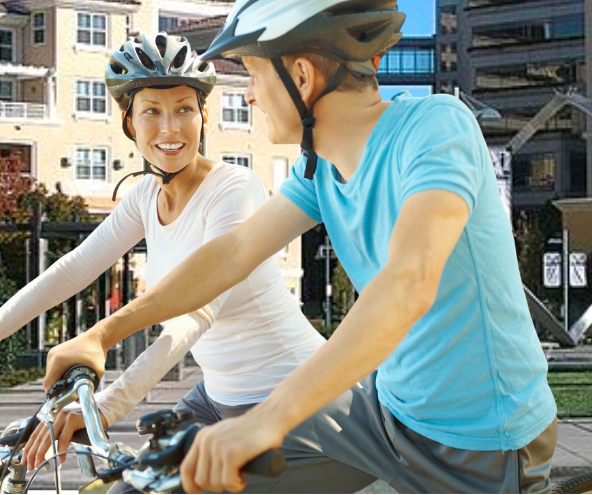
5) Enjoy!
The first time I biked to the office, I felt like nothing could stop me! My amount of energy was incredible. Certainly, the effect fades away a little with time, but the benefits of commuting by bike are fantastic. No more complaining about not having time to go to the gym: instead of 30 minutes at the gym and 20 minutes sitting in my car, I do 45 minutes of cycling! (multiplied by two for the way back, of course!)
Additionally, over time, you can change your route to discover new areas, shops and possibilities.
The first step toward commuting is for you to look at your favorite Map application and check your bike route. Do that today and be safe out there!

Thanks for sharing! I love your commute path especially the San Tomas / Aquino creek part.
The homestead part is a bit crazy…